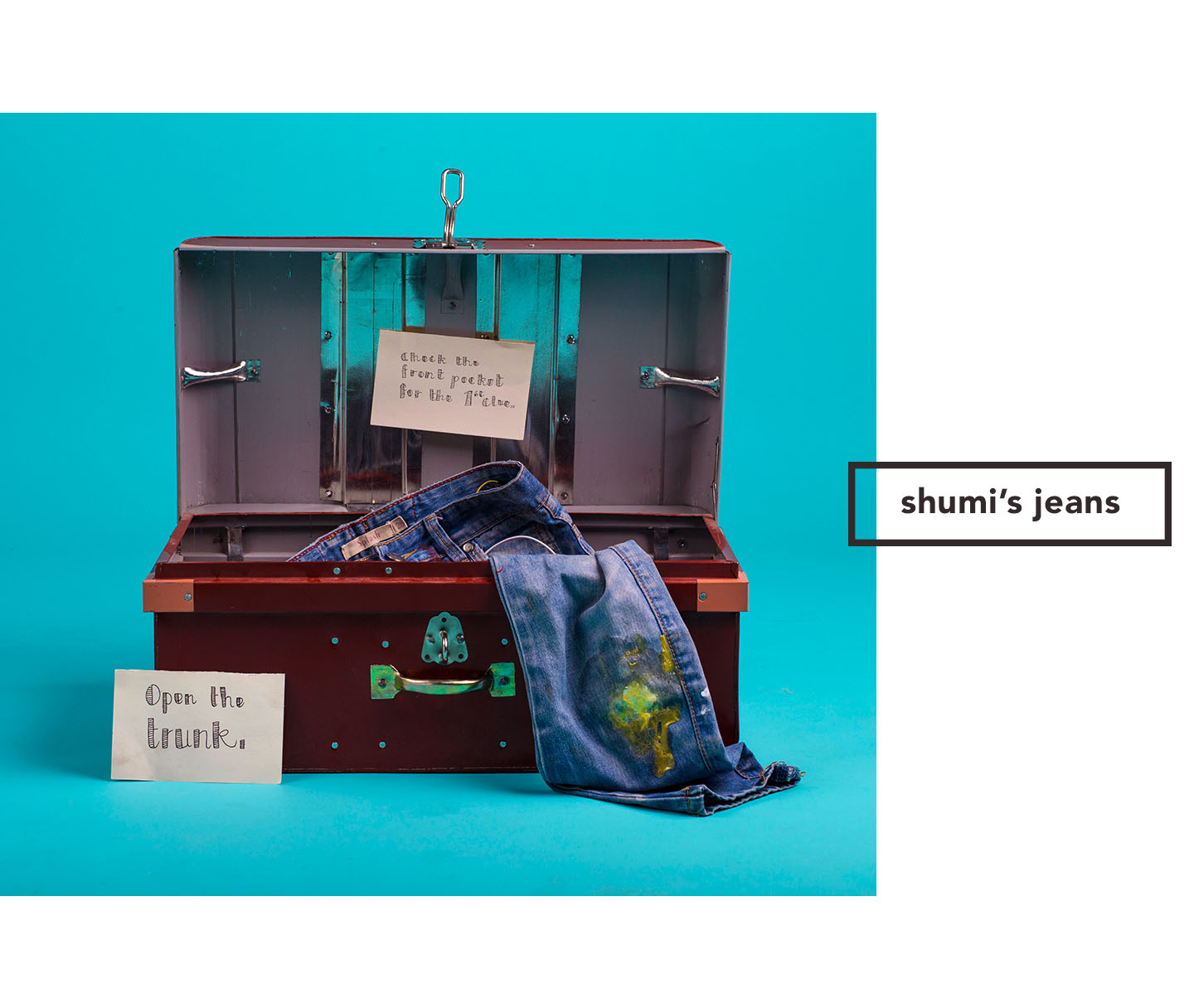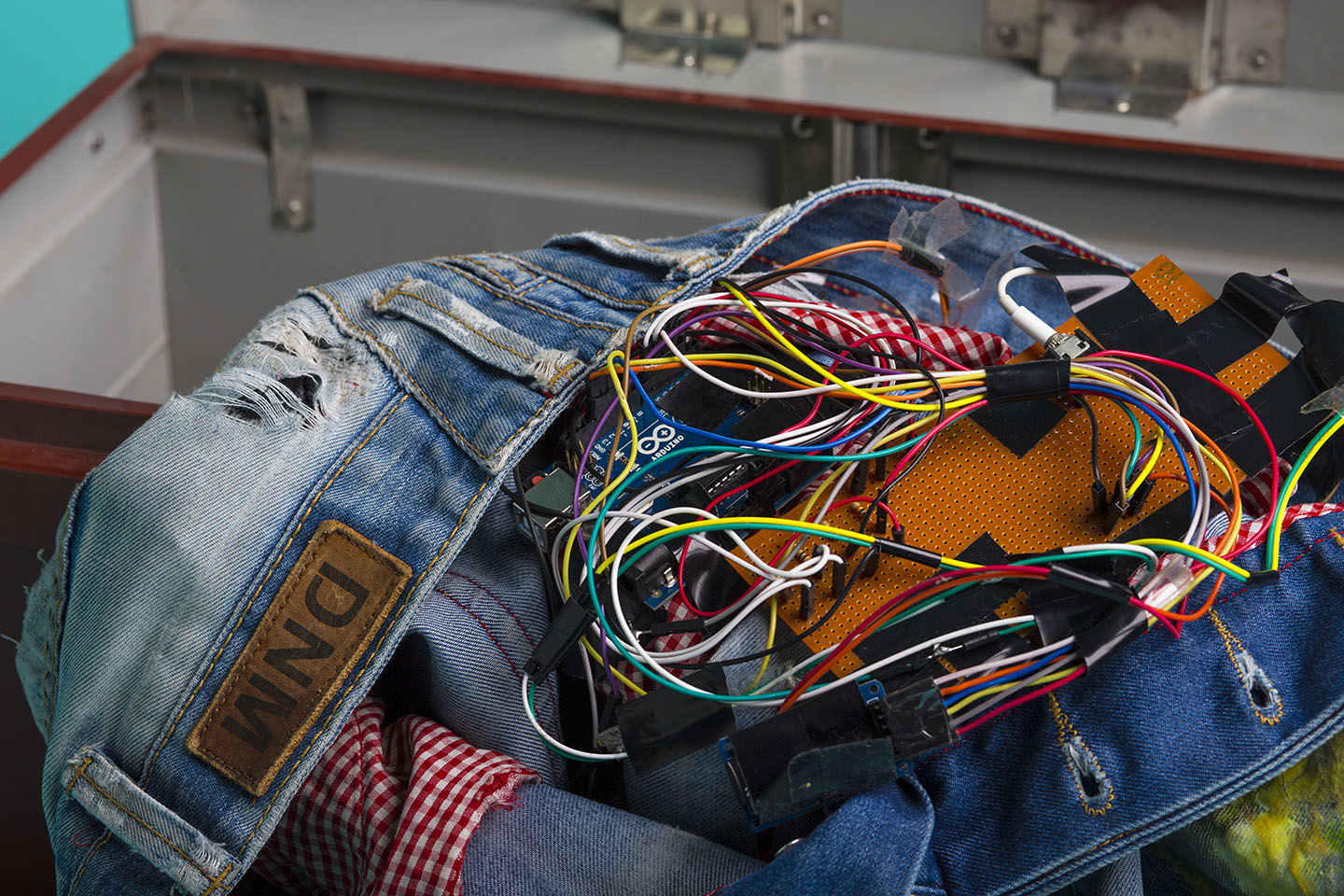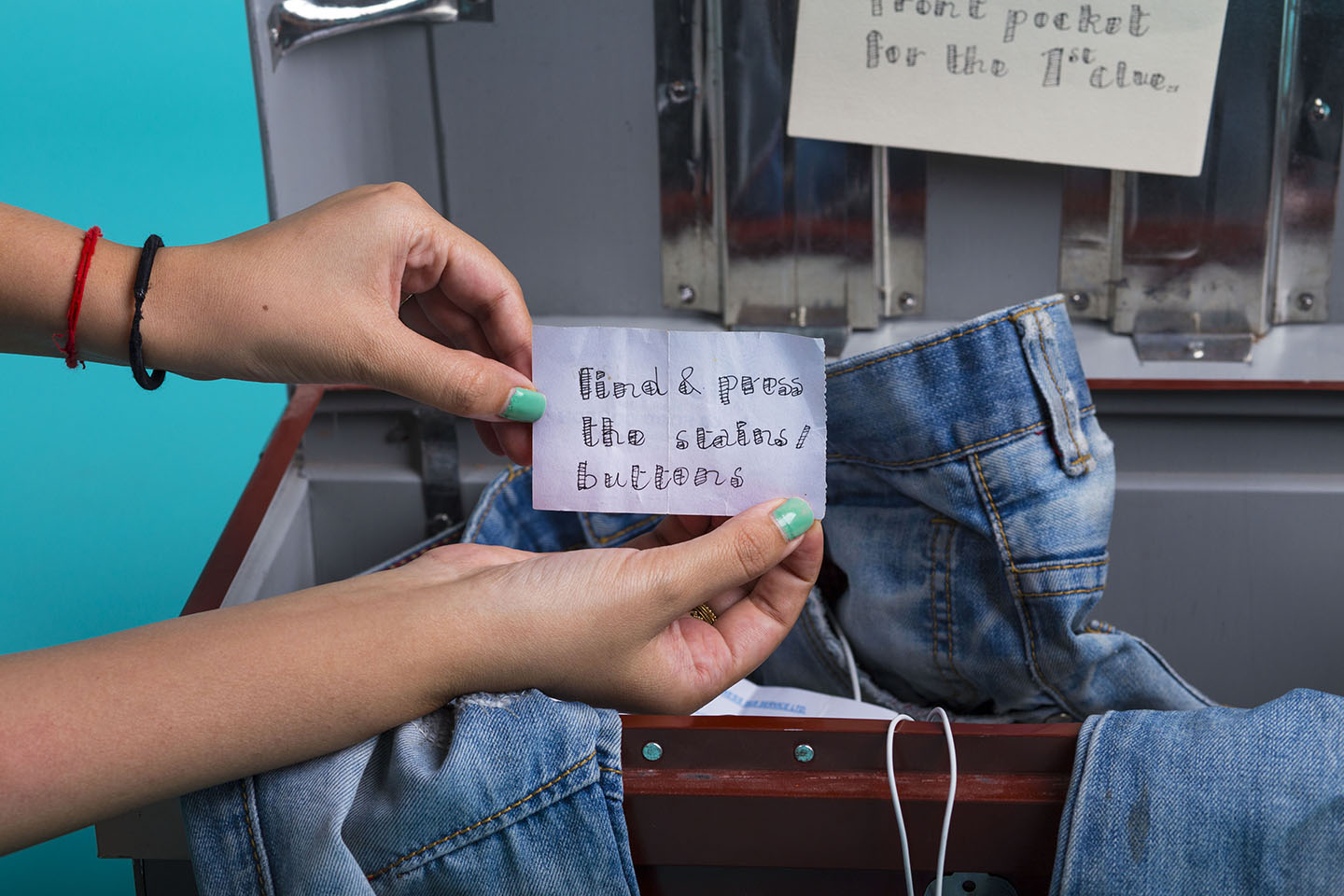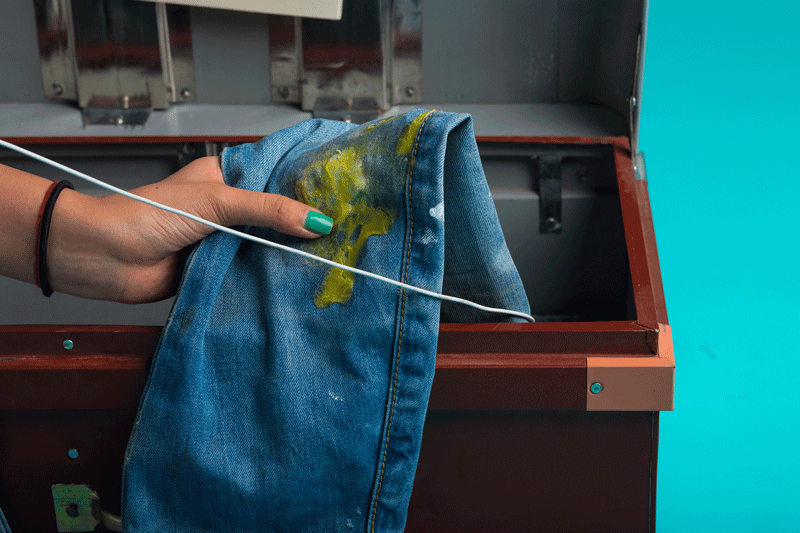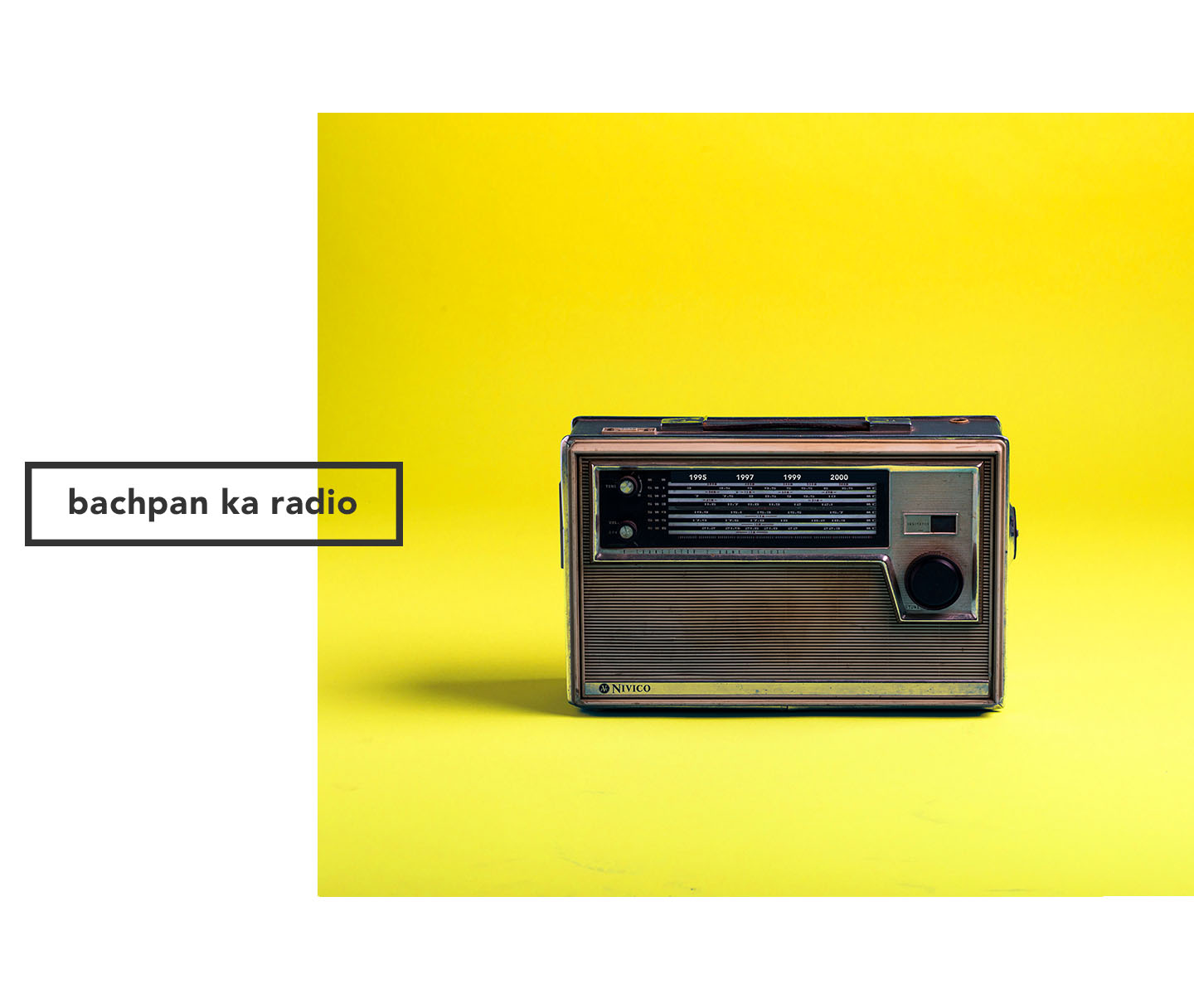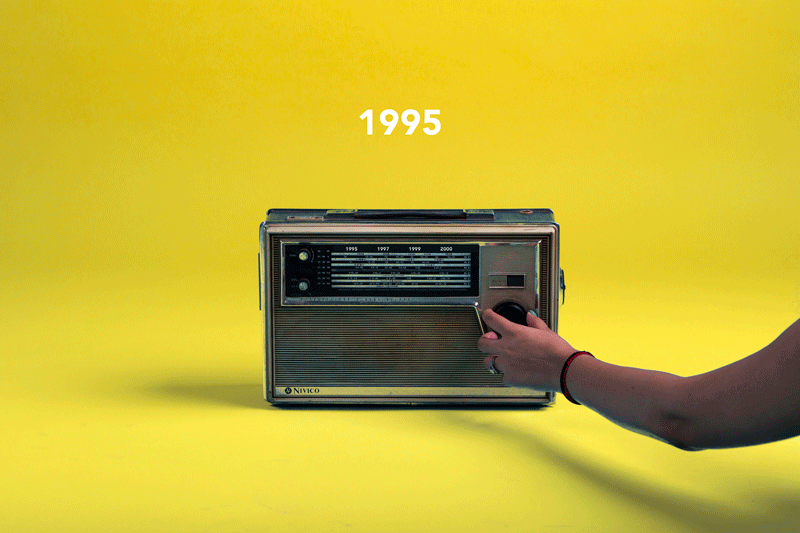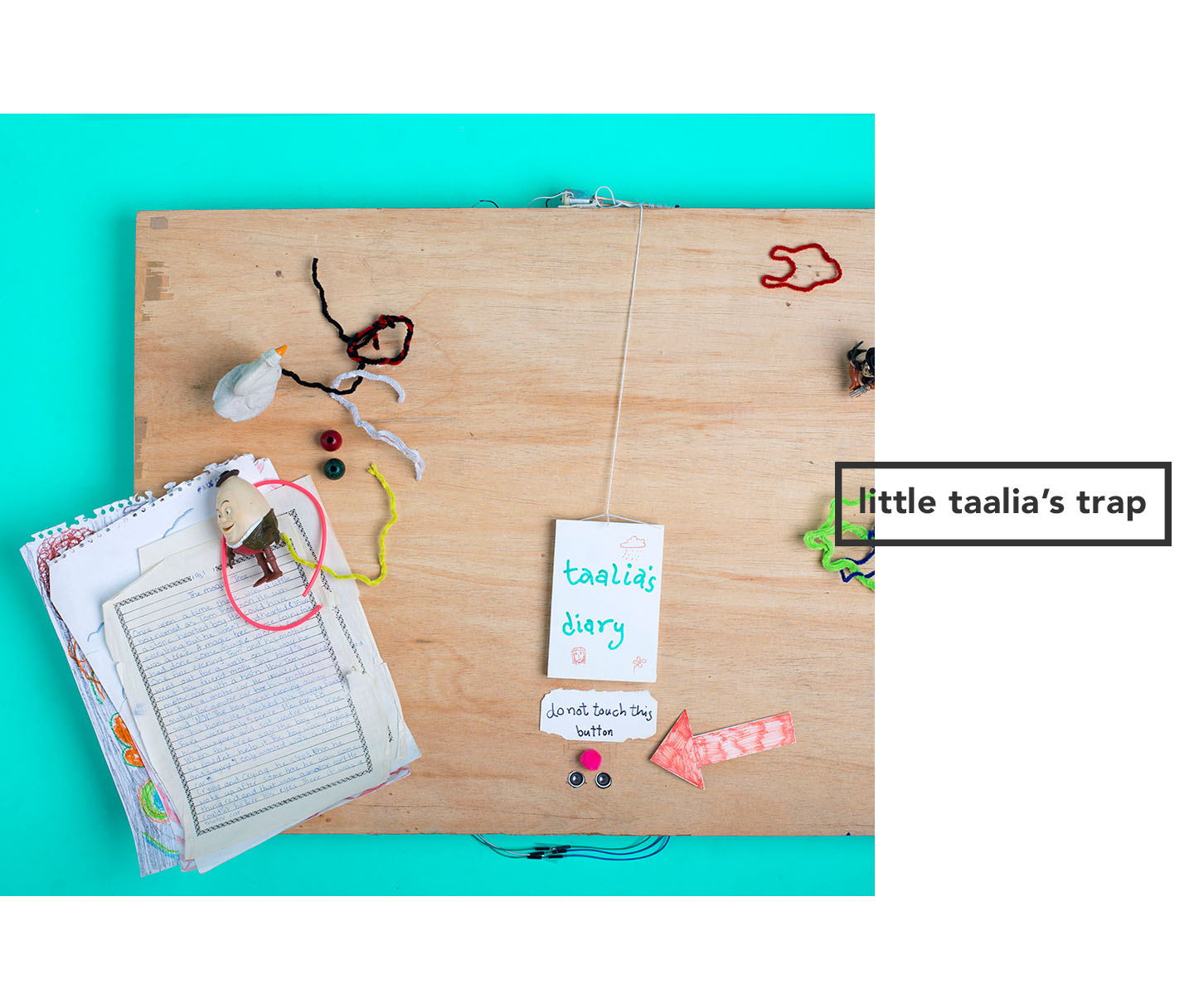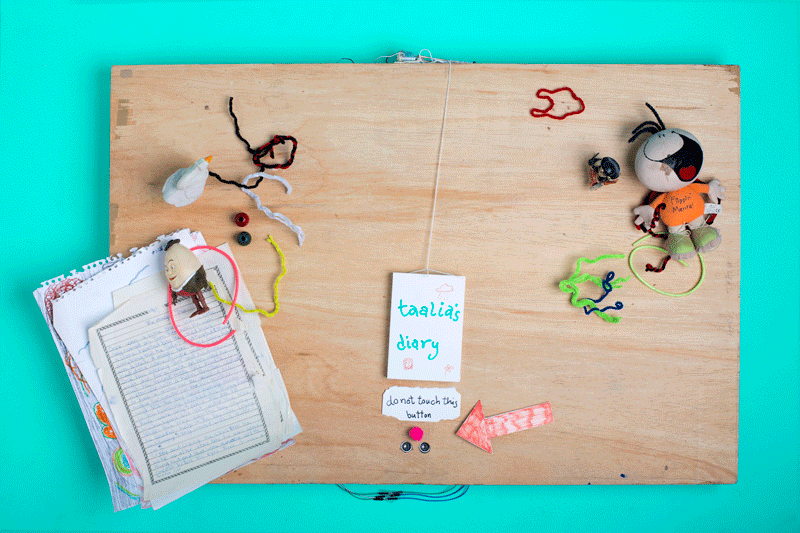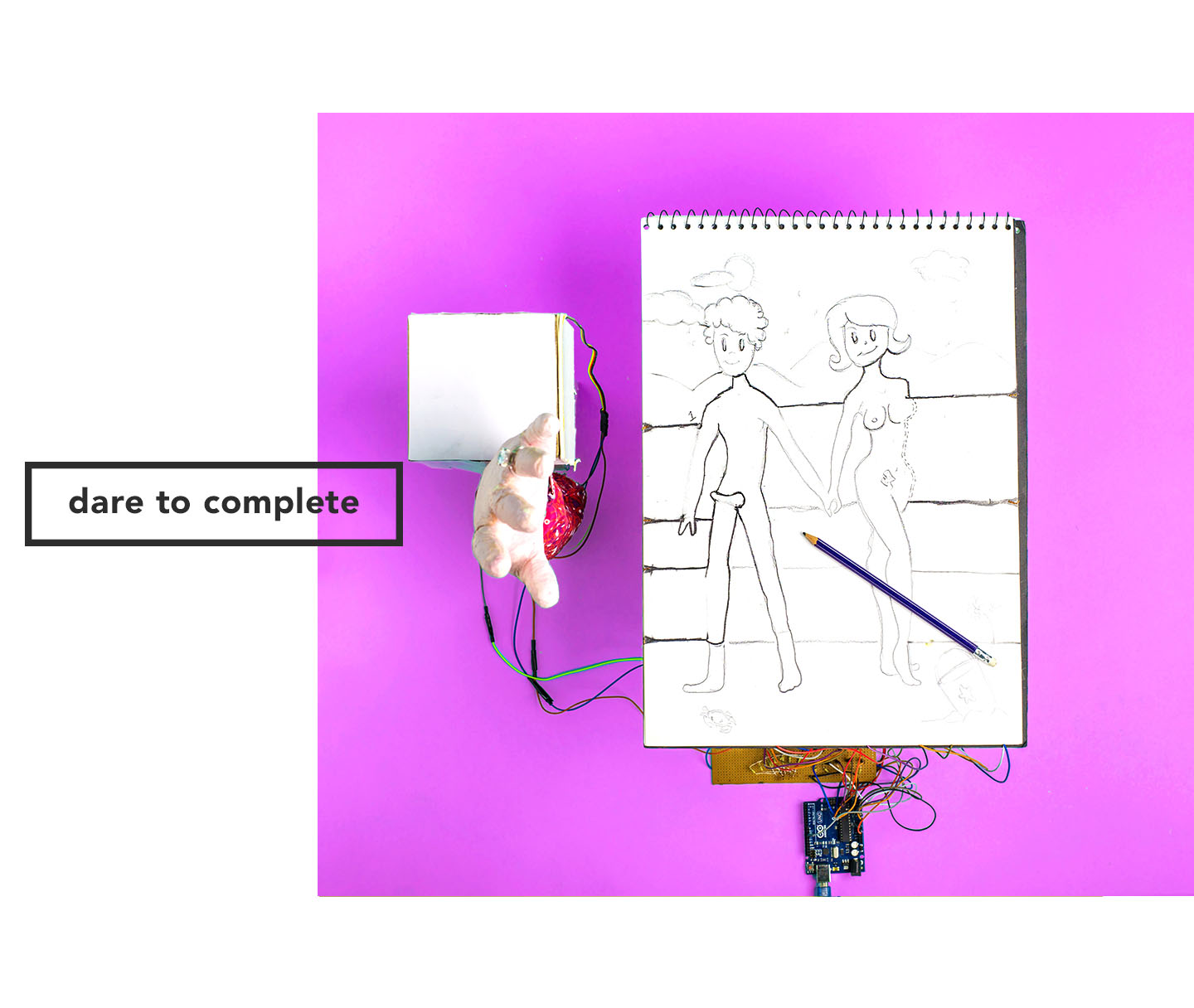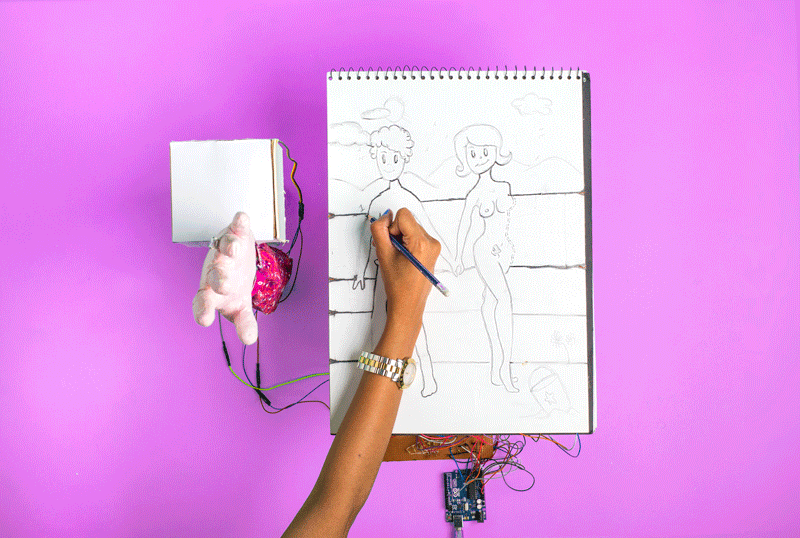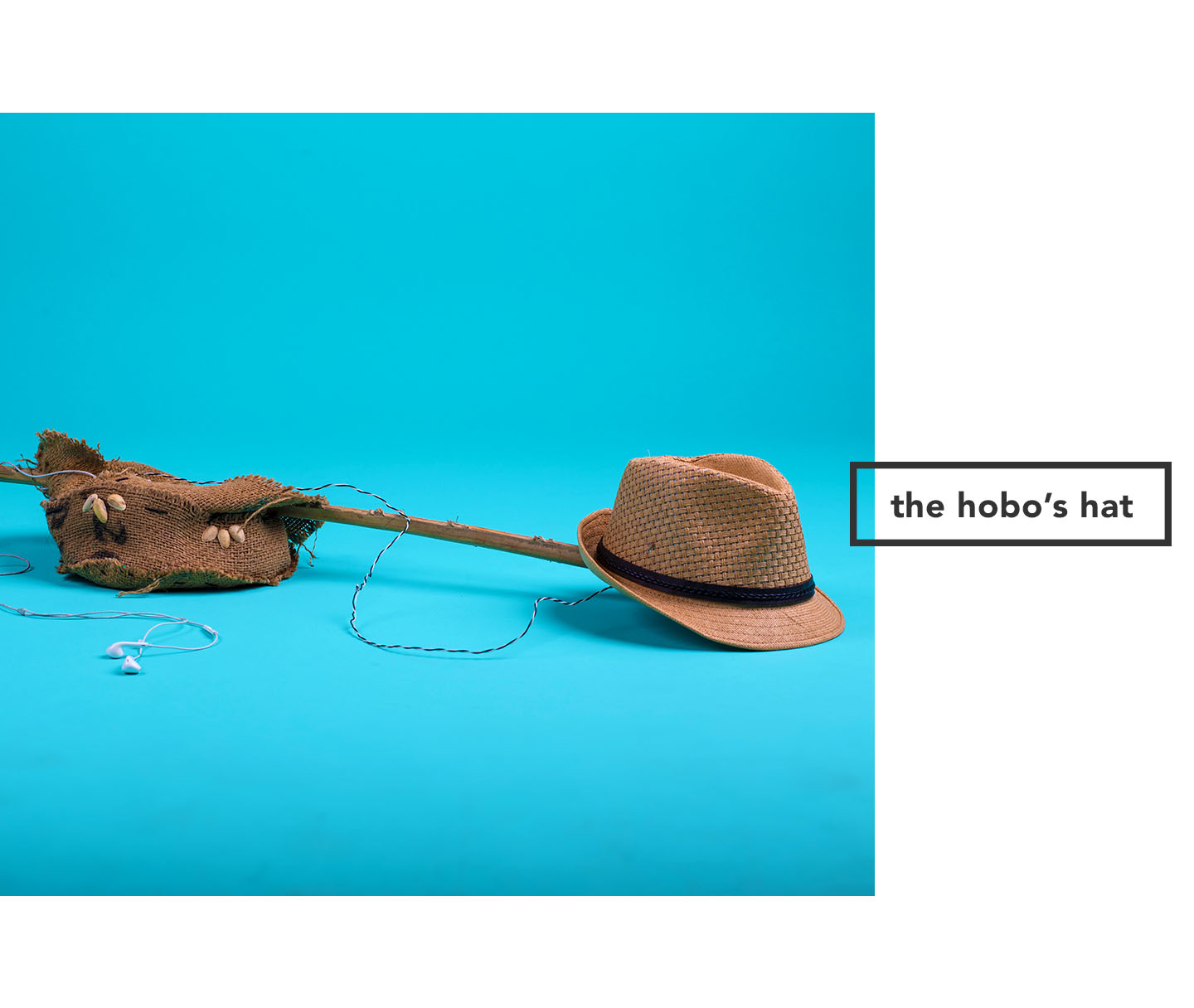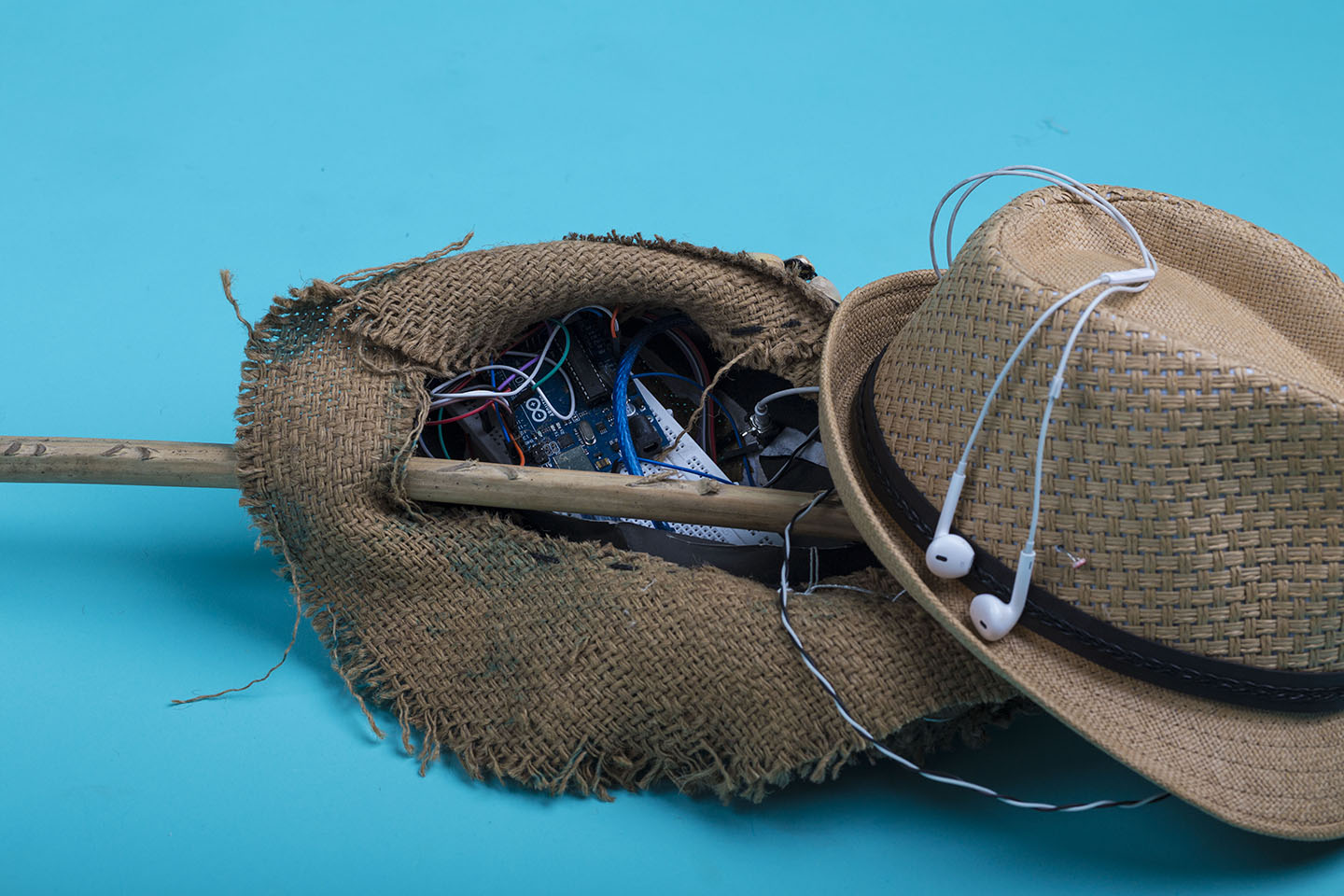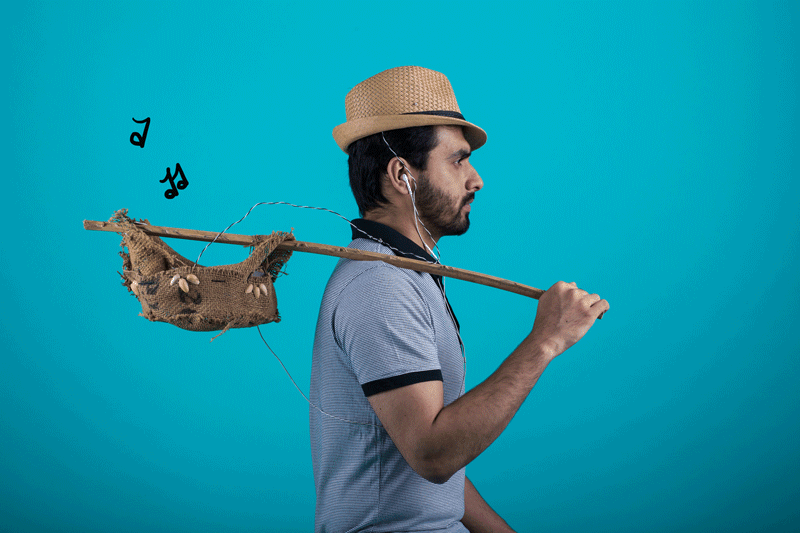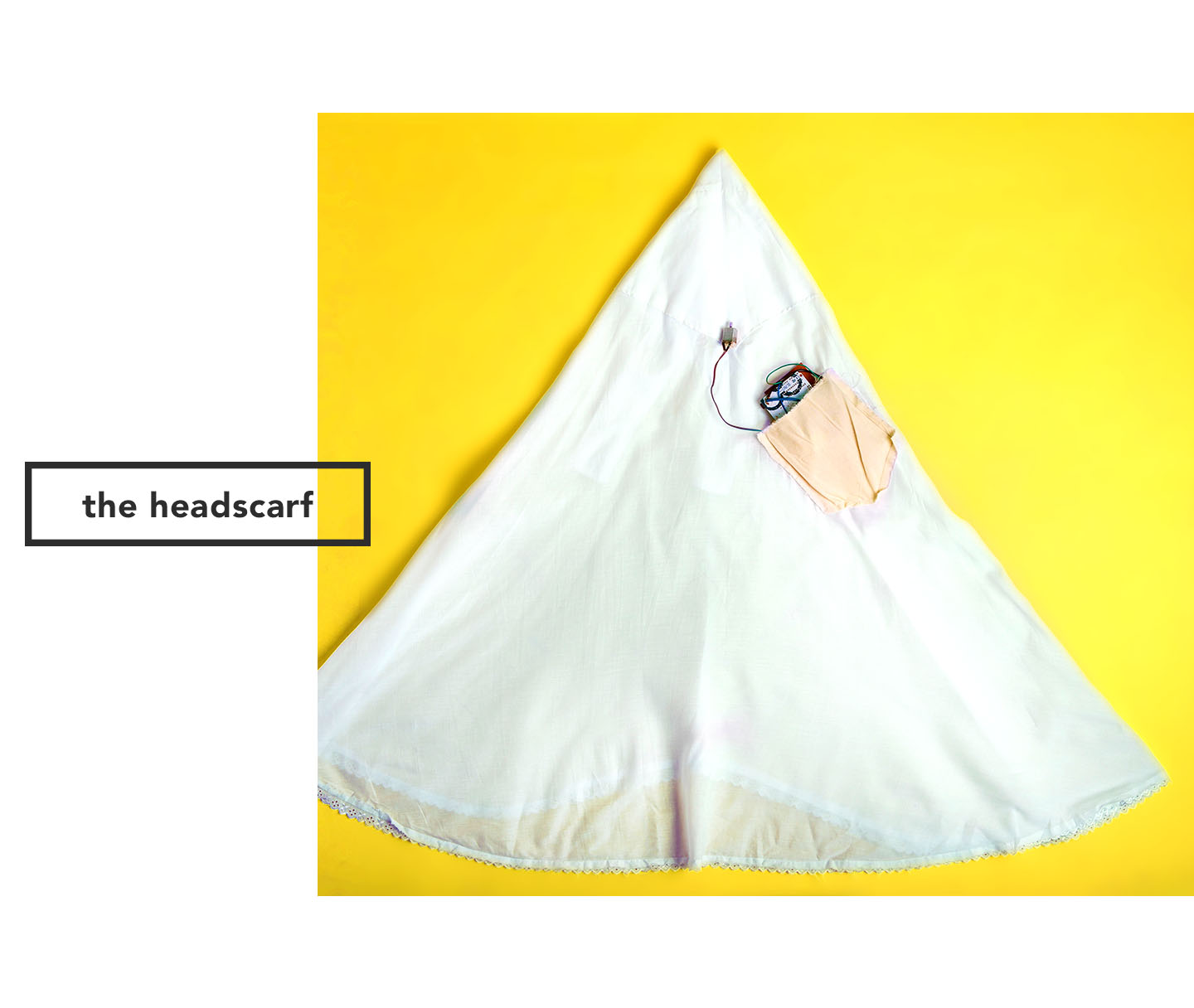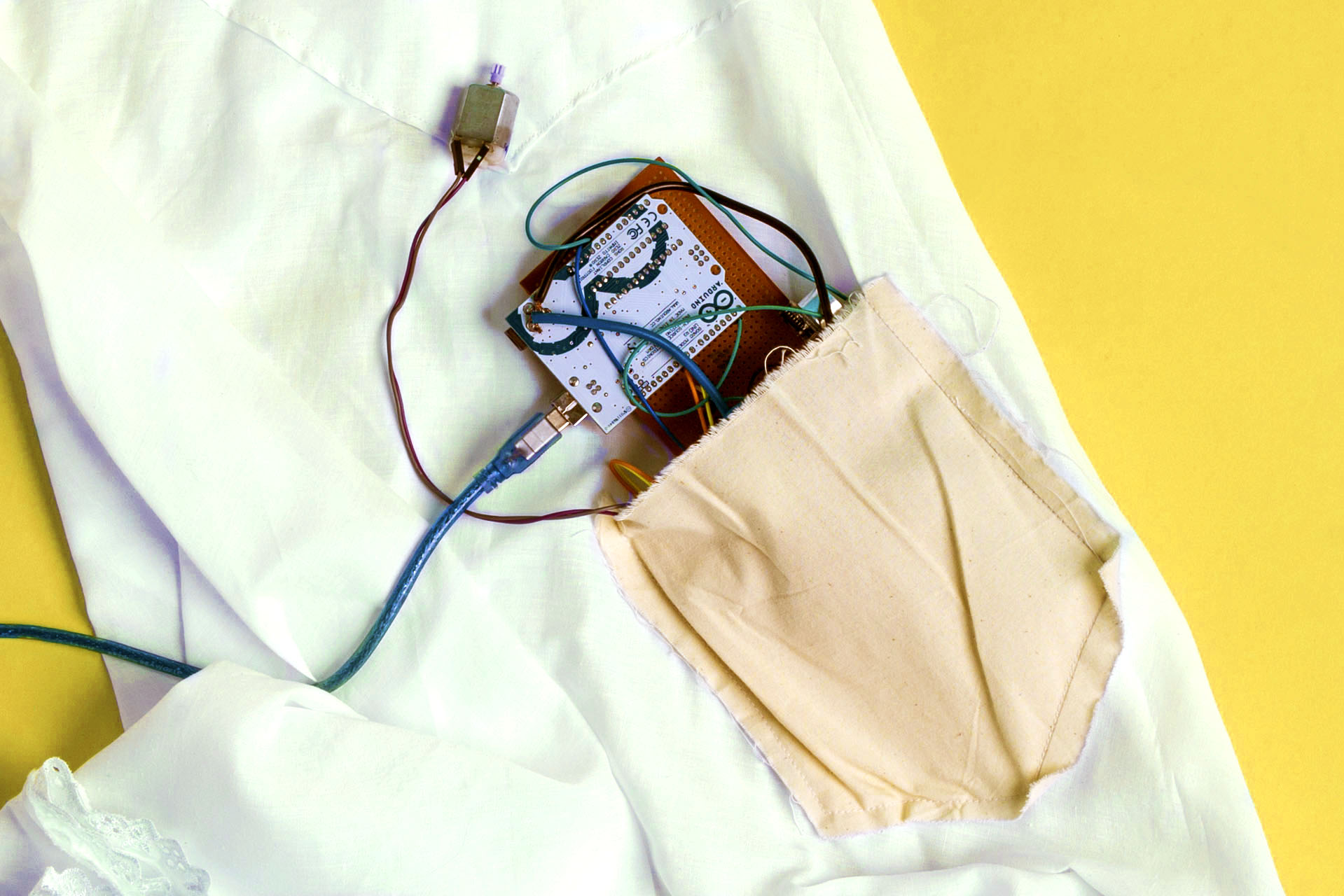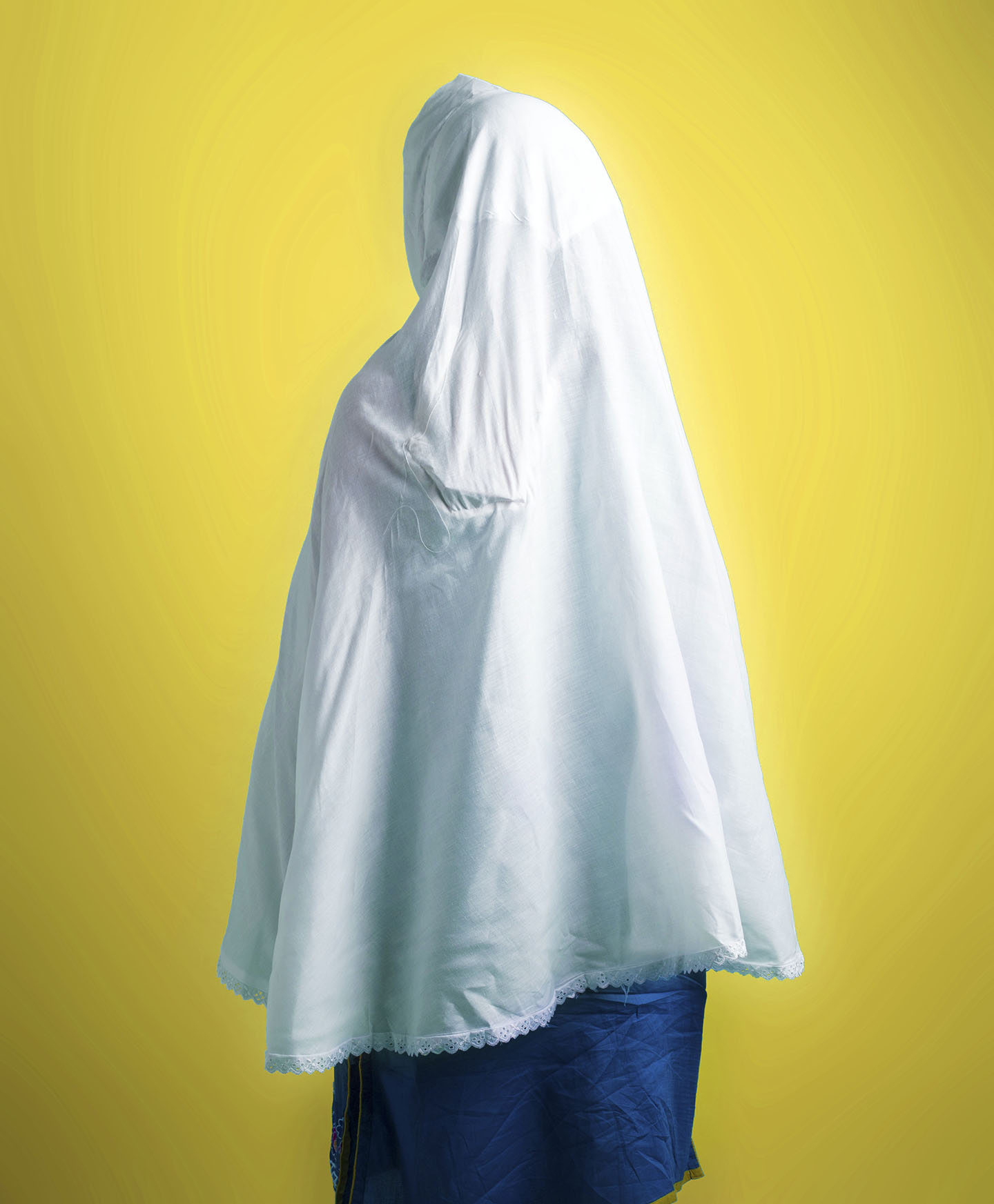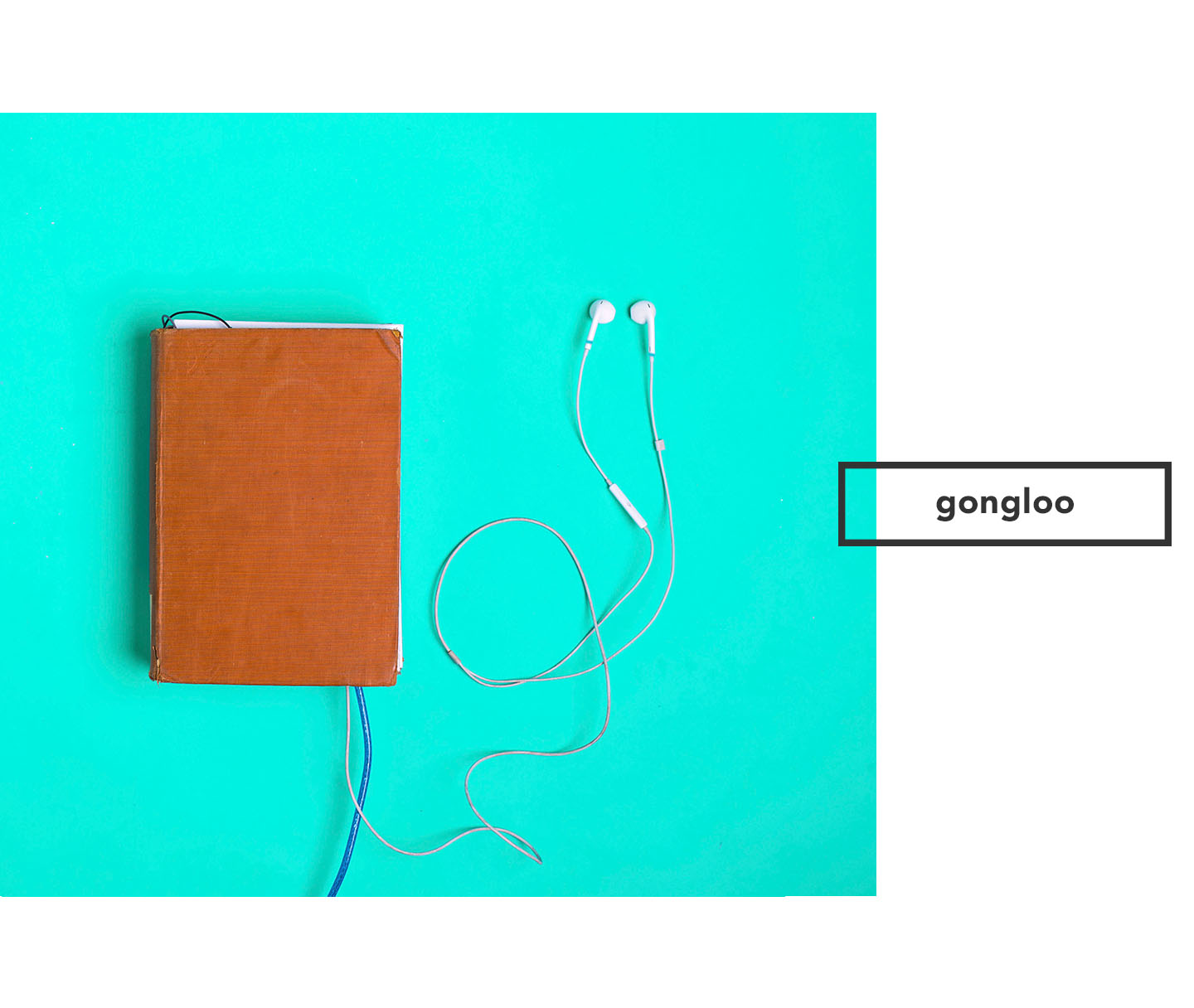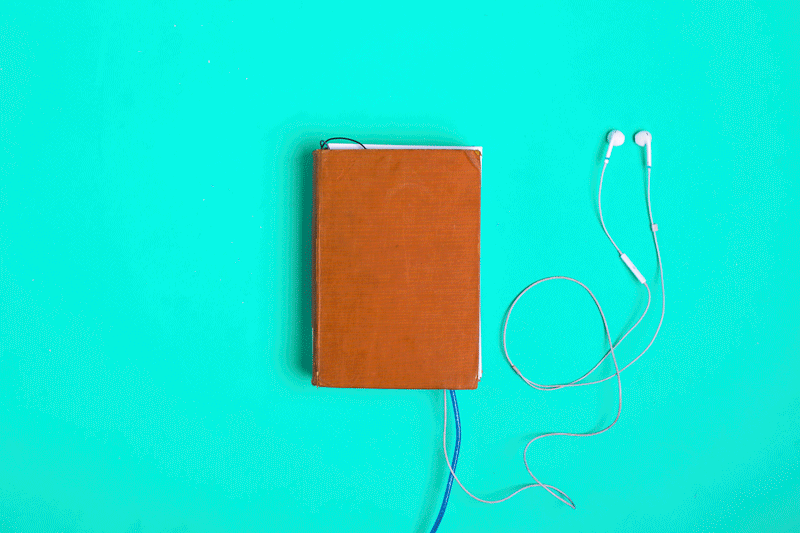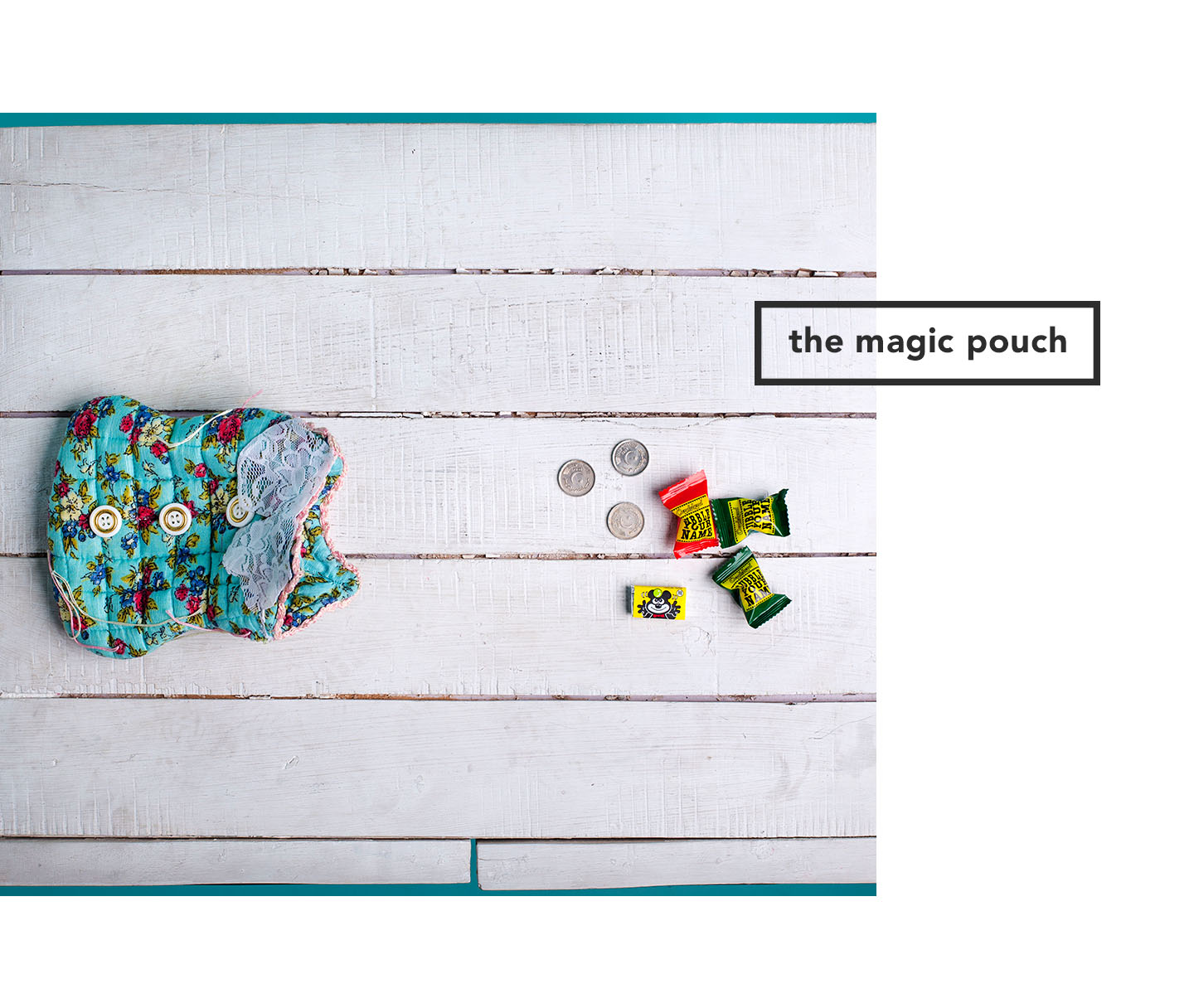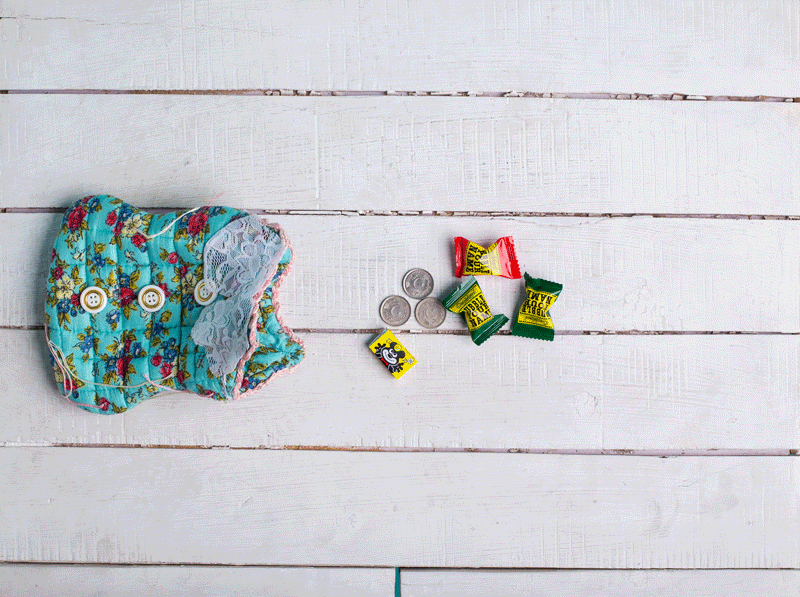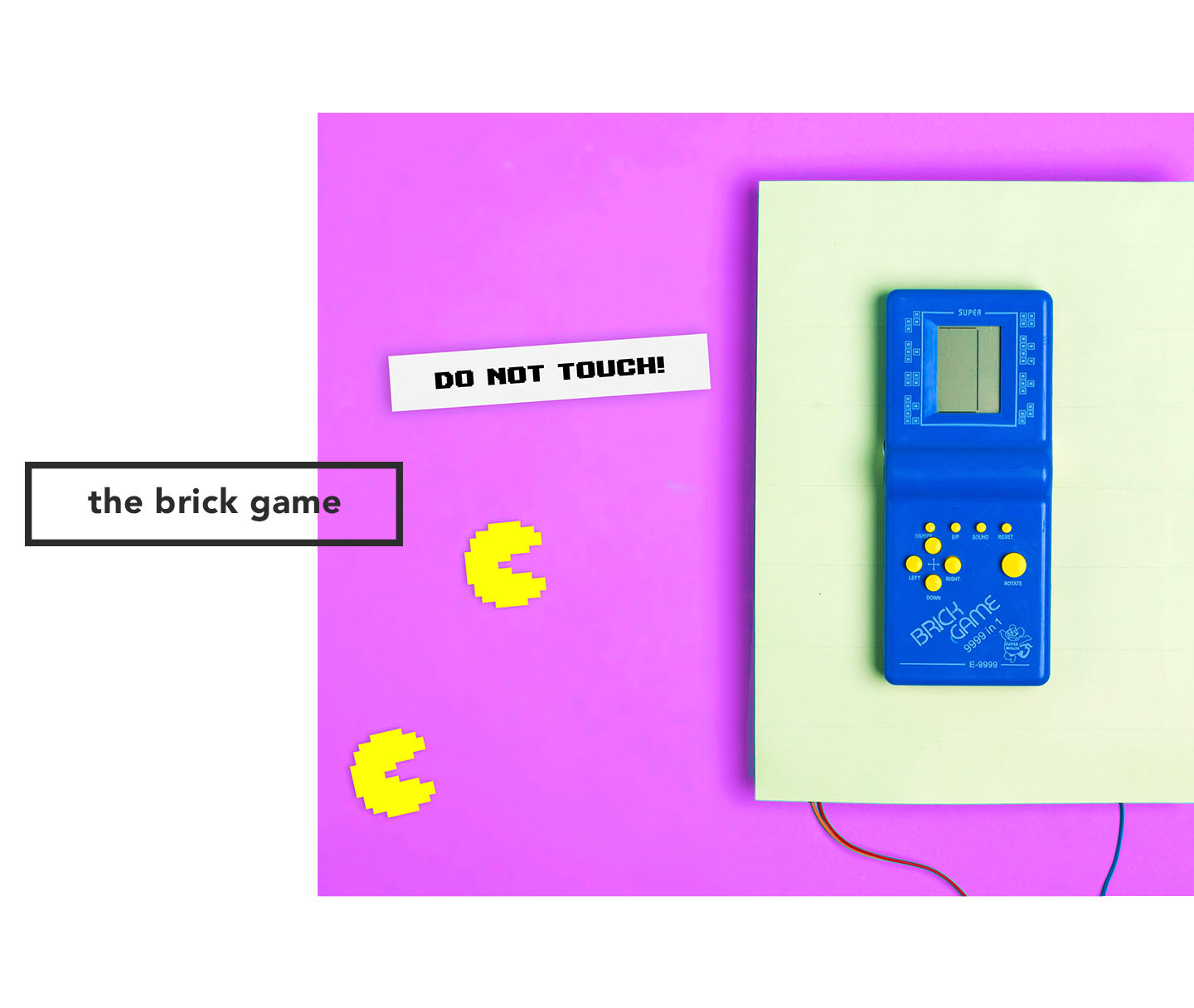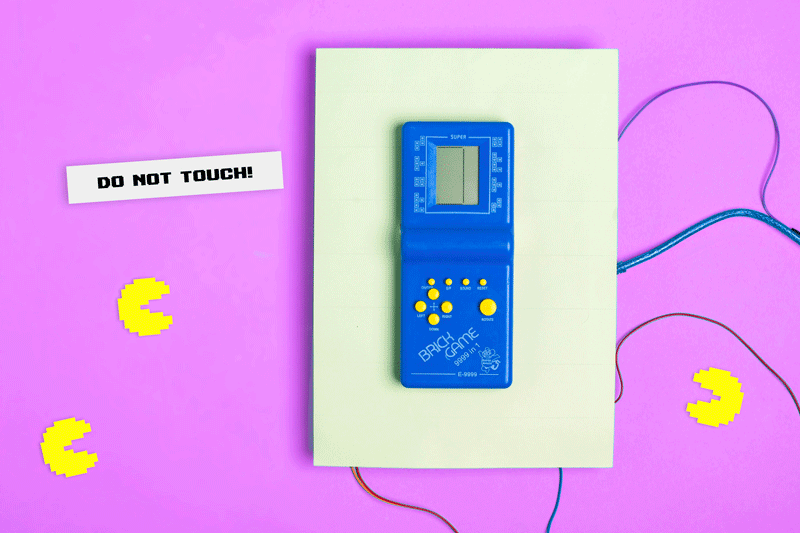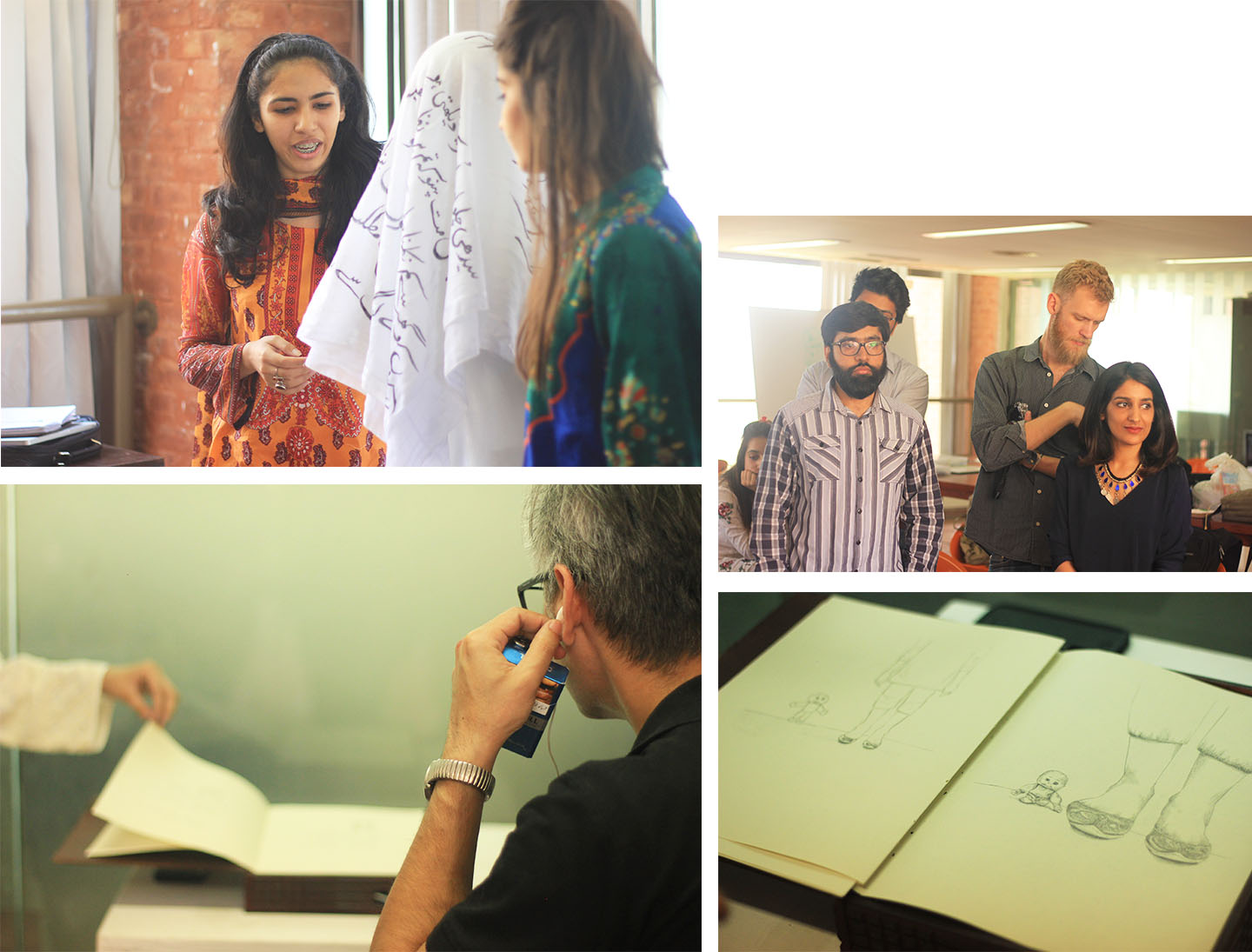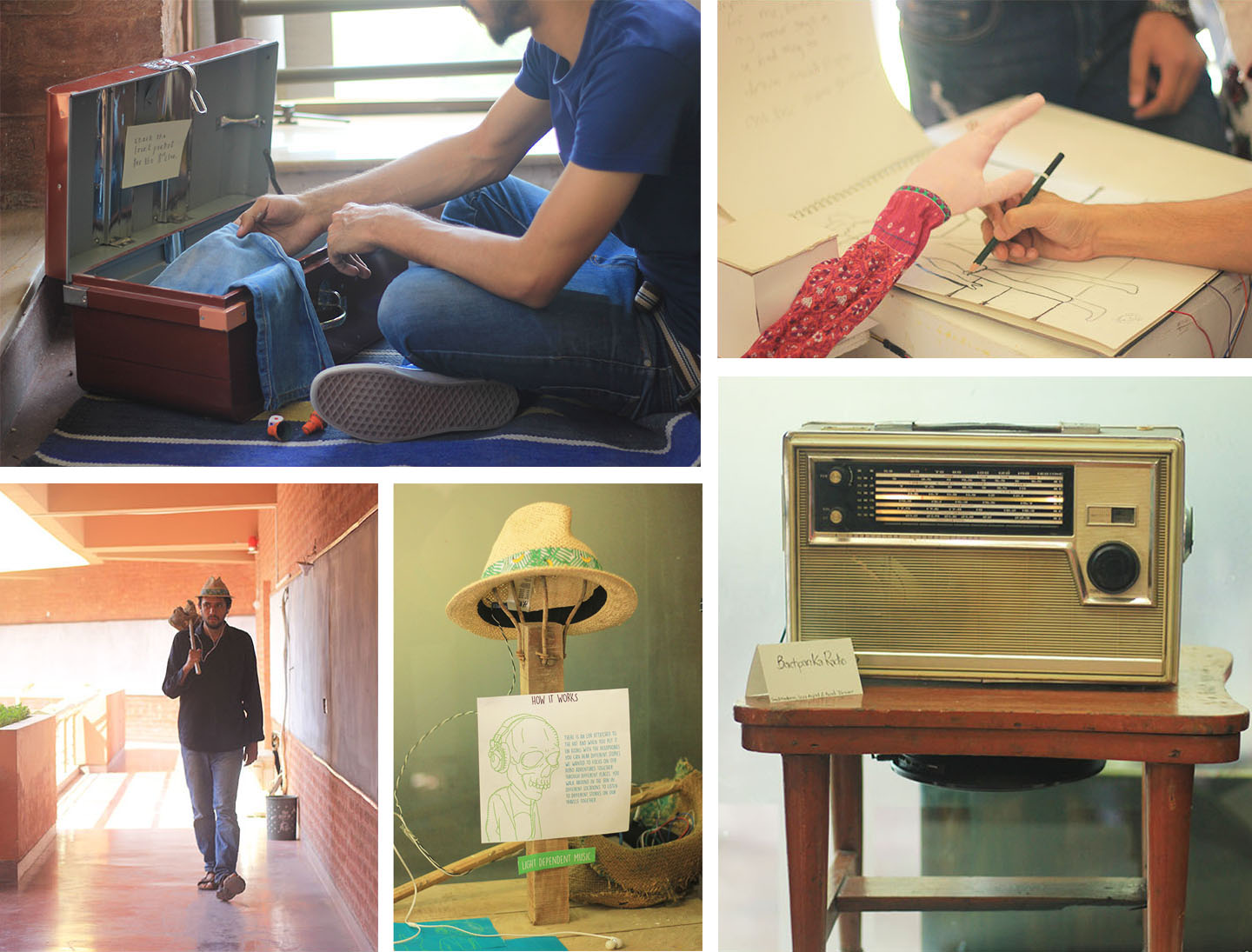Memory Studies X Material Culture
We are who we are because of our experiences. Sometimes these experiences crystallize themselves in the form of objects that trigger our memories. A memory can give an object life– a soul– of its own, taking on a meaning beyond its physical form. Today, more and more triggers for memories are digitized: whether through a Facebook album or a Snapstory, there is an unlimited sea of digital memories now online.
How can we use technology to bridge the gap between our intangible memories and our associations with the tangible objects we experience?
With this project we hope to bring the stories objects can tell to life using sensors for input; arduinos to process the data and a resulting output that leverages at least one of the user’s five senses. Students were asked to take an object that they could link to a personal story/memory and design a user experience to tell this story.


